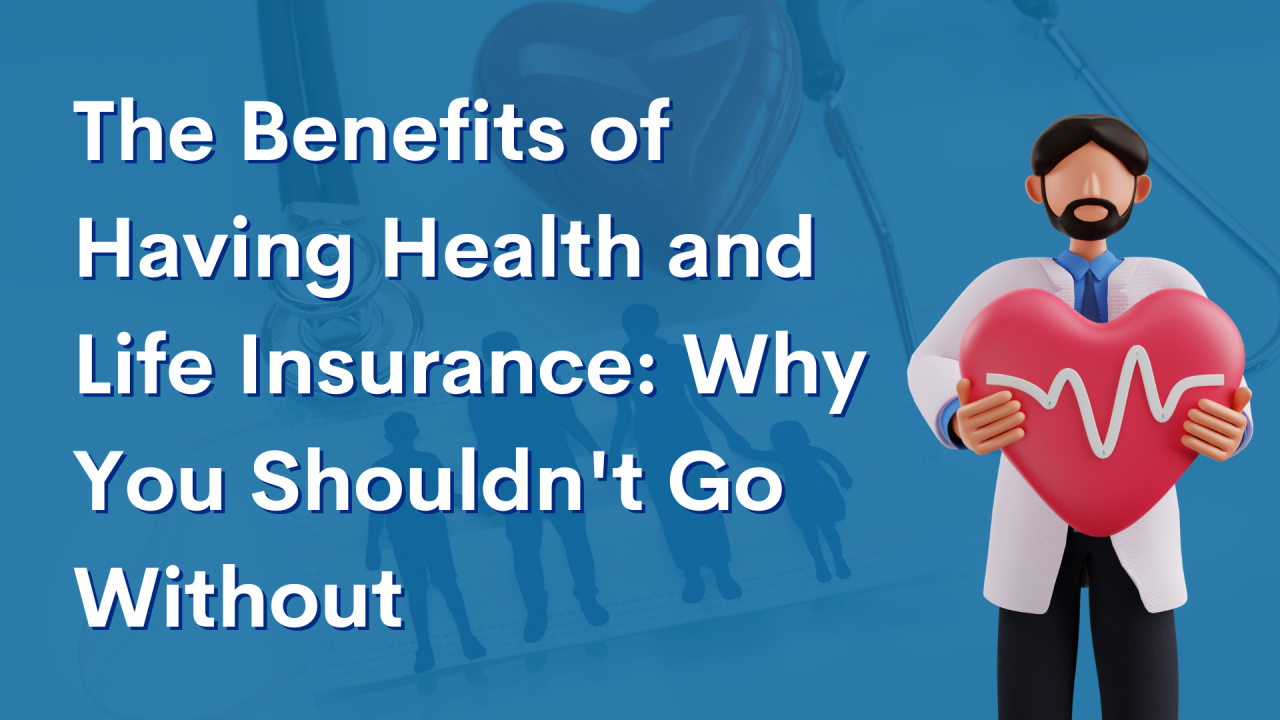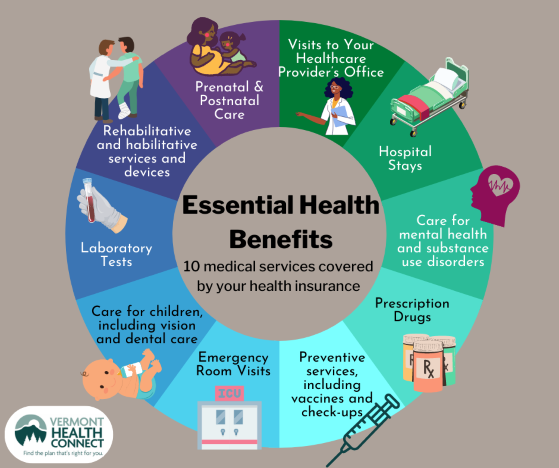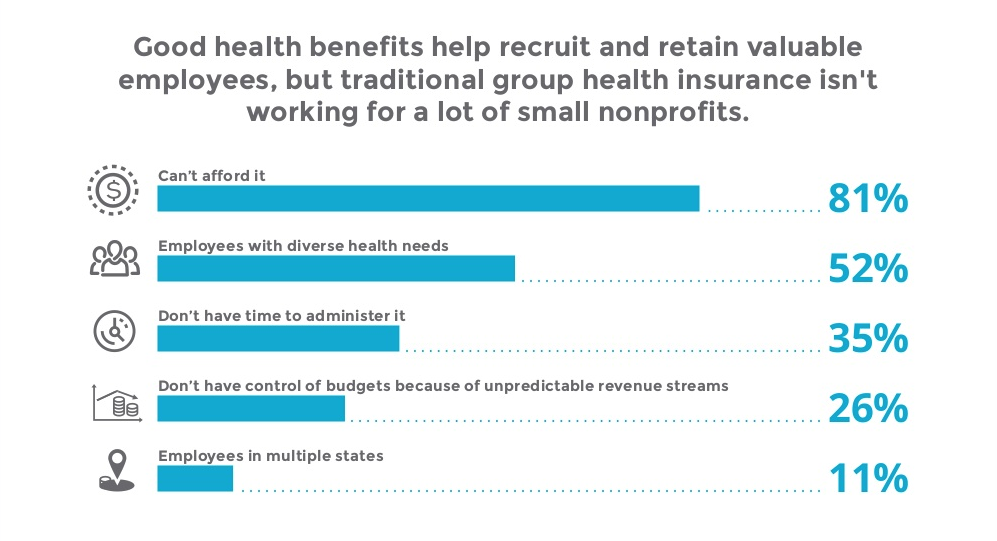Some Ideas on Medicare Advantage Agent You Need To Know
Some Ideas on Medicare Advantage Agent You Need To Know
Blog Article
Examine This Report about Medicare Advantage Agent
Table of ContentsThe 8-Minute Rule for Medicare Advantage AgentLittle Known Questions About Medicare Advantage Agent.Not known Incorrect Statements About Medicare Advantage Agent

follows from perplexing the fairly young age profile of the without insurance with the better wellness, typically, of more youthful persons. This covers the link in between health standing and medical insurance. For those without accessibility to workplace medical insurance, inadequate health and wellness is a possible barrier to acquiring nongroup protection because such protection might be highly valued, exclude preexisting problems, or be simply not available. The variety of uninsured Americans is not especially huge and has not transformed recently. Seven out of 10 participants in an across the country representative study thought that fewer Americans did not have health insurance coverage than actually do(Fronstin, 1998). Roughly half(47 percent )thought that the variety of individuals without health insurance policy decreased or stayed consistent over the latter half of the last decade(Blendon et al., 1999). This decrease of virtually 2 million in the number of people 'without insurance coverage (a decrease
of around 4 percent)is absolutely a favorable adjustment. With a softer economy in 2000 the current reported gains in insurance policy protection might not proceed(Fronstin, 2001 ). The decrease in the variety of without insurance will not proceed if the economy continues to be slow and healthcare expenses continue to exceed rising cost of living. This is due to the fact that the information were collected for a period of strong financial performance. Of the approximated 42 million individuals that were without insurance, just about about 420,000(about 1 percent)were under 65 years of age, the age at which most Americans become eligible for Medicare; 32 million were adults between ages 18 and 65, about 19 percent of all adults in this age group; and 10 million were kids under 18 years of age, about 13.9 percent of all children (Mills, 2000). These estimates of the number of individuals uninsured are generated from the yearly March Supplement to the Existing Populace Study (CPS), carried out by the Census Bureau. Unless otherwise noted, nationwide price quotes of individuals without health and wellness insurance policy and percentages of the population with different sort of coverage are based upon the CPS, one of the most widely used resource of price quotes of insurance coverage and uninsurance prices. These studies and the quotes they yield are described briefly in Table B. 1 in Appendix B - Medicare Advantage Agent. These studies vary in size and tasting techniques, the concerns that are asked about insurance
The 15-Second Trick For Medicare Advantage Agent
insurance coverage, and the time duration over which insurance protection or uninsurance is measured(Lewis et al., 1998, Fronstin, 2000a ). Still, the CPS is specifically helpful due to the fact that it produces annual estimates reasonably rapidly, reporting the previous year's insurance policy coverage approximates each September, and due to the fact that it is the basis for a consistent collection of price quotes for greater than twenty years, permitting for analysis of patterns in insurance coverage over time.

Fascination About Medicare Advantage Agent
Over a three-year duration beginning early in 1993, 72 million individuals, 29 percent of the U.S. populace, were without coverage for a minimum of one month. Within a single year(1994), 53 million individuals experienced a minimum of a month without insurance coverage(Bennefield, 1998a). Six out of every 10 uninsured grownups are themselves utilized. Although functioning does enhance the likelihood that and one's member of the family will have insurance coverage, it is not an assurance. Also members of family members with two permanent breadwinner have virtually a one-in-ten possibility of being without insurance (9.1 percent uninsured rate)(Hoffman and Pohl, 2000 ). The partnership between medical insurance and access to care is well developed, as documented later in this phase. Although the relationship between medical insurance and health and wellness end results is neither direct nor basic, a substantial scientific and health services study literature links health and wellness insurance policy coverage
to improved access to care, much better top quality, and improved personal and population health and wellness standing. For instance, the 2nd record, on individual wellness useful reference end results for without insurance grownups, is represented by the innermost circle of the figure, while the third record, on family members health, incorporates the topics of the 2nd report yet stresses a various system of analysis, namely, the family. The sixth report in the collection will certainly provide information about strategies and campaigns taken on in your area, statewide, or country wide to address the absence of insurance coverage and its unfavorable impacts. Degrees of analysis for examining the results of uninsurance. This discussion of health insurance policy coverage concentrates mainly on the united state population under age 65 because essentially all Americans 65 and older have Medicare or other public insurance coverage.
Moreover, it concentrates especially on those without any health and wellness insurance policy for any kind of length of time. The troubles faced by the underinsured are in some respects similar to those faced by the uninsured, although they are normally much less serious. Uninsurance and underinsurance, nevertheless, include clearly different plan issues, and the strategies for addressing them may differ. Throughout this study and the 5 records to follow, the main emphasis is on persons without medical insurance and thus no assistance in paying for health treatment past what is readily available via charity and safeguard organizations. Health and wellness insurance coverage is a powerful factor affecting receipt of treatment since both individuals and doctors reply to the out-of-pocket price of solutions. Wellness insurance coverage, nevertheless, is neither necessary neither sufficient to obtain accessibility to medical services. However, the independent and straight impact of health
insurance policy coverage on access to wellness services is well developed. Others will certainly acquire the healthcare they need also without medical insurance, by spending for it out of pocket or seeking it from providers that use care cost-free or at very subsidized prices. For still others, health insurance policy alone does not guarantee invoice of care as a result of various other nonfinancial barriers, such as a lack of wellness care providers in their area, limited accessibility to transportation, illiteracy, or linguistic and social differences. Formal study about without insurance populations in the USA dates to the late 1920s and very early 1930s when the Board on the Cost of Treatment generated a series of reports concerning financing doctor workplace check outs and hospitalizations. This problem became prominent as the varieties of clinically indigent climbed during the Great Clinical depression. Empirical studies constantly sustain the web link between access to care and enhanced wellness outcomes(Bindman et al., 1995; Starfield, 1995 ). Having a routine resource of treatment recommended you read can be taken into consideration a forecaster of accessibility, rather than a direct procedure of it, when wellness end results are themselves used as access signs. This expansion of the idea of accessibility dimension was made by the IOM Board on Keeping An Eye On Accessibility to Personal Healthcare Provider(Millman, 1993, p. Whether moms and dads are insured appears to impact whether or not their children receive care as well as how much careeven if the children themselves have coverage(Hanson, 1998). The health of moms and dads can affect their ability to take care of their kids and the level of family stress. Fretting about their kids's access to care is itself a source of stress and anxiety for moms and dads. 3 phases adhere to in this record. Chapter 2 offers a summary of exactly how employment-based medical insurance, public programs and private insurance coverage plans run and engage to supply considerable but incomplete protection of the U.S. populace. This includes this post a review of historic trends and public laws influencing both public and personal insurance, a conversation of the interactions amongst the various sorts of insurance policy, and an examination of why individuals move from one program to an additional or finish up

Report this page